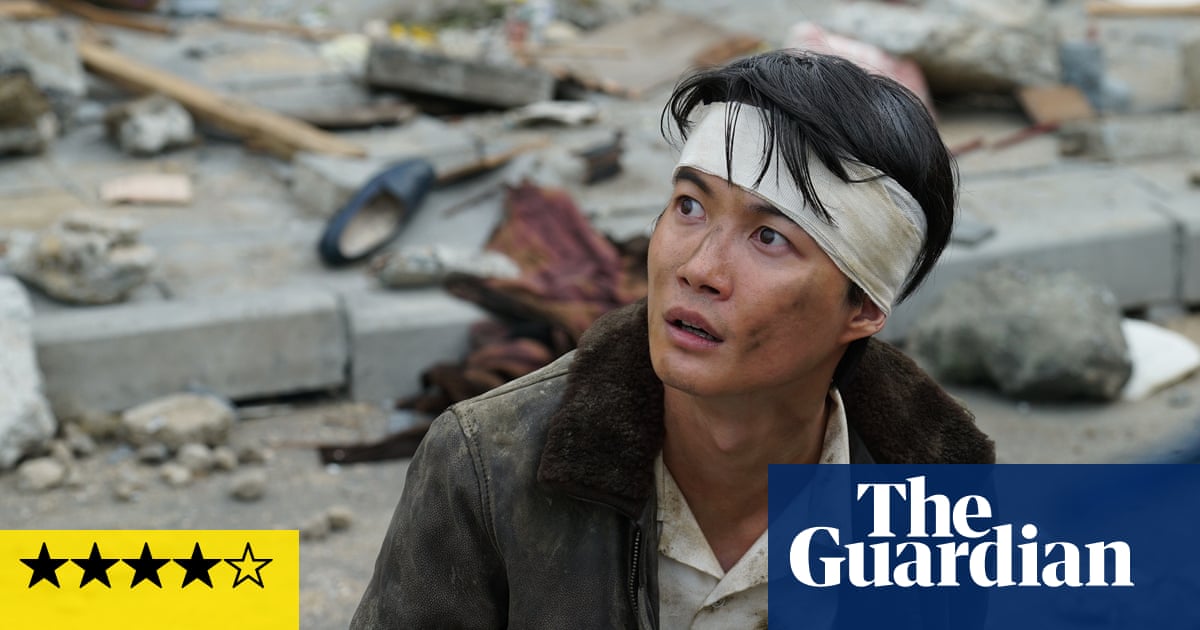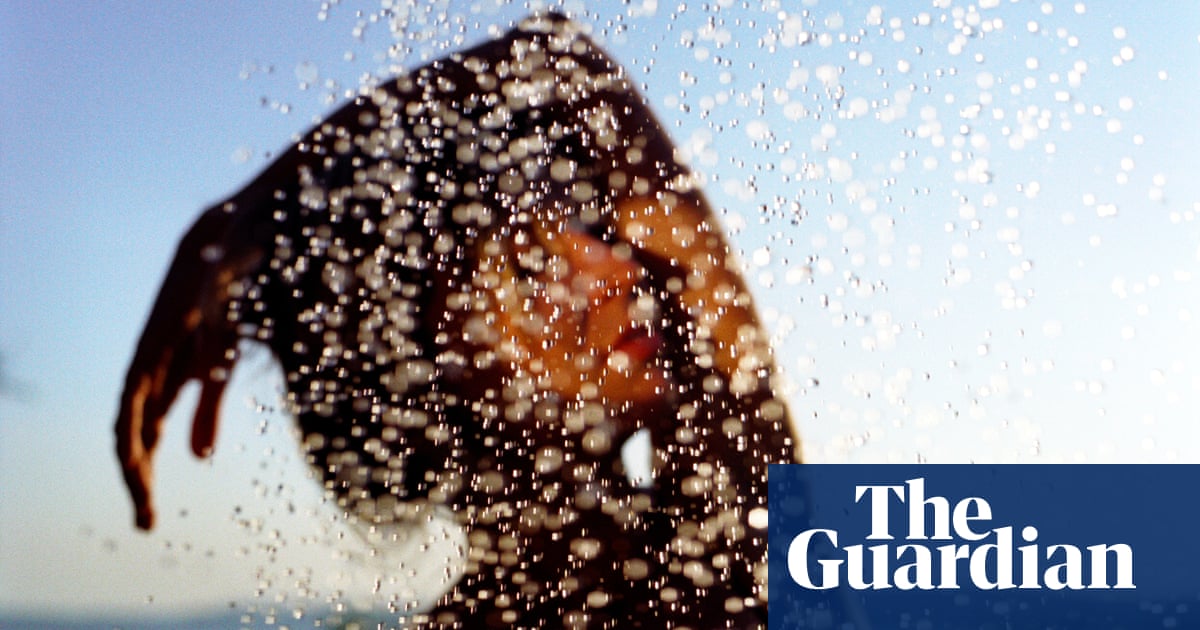
thought I knew Prospect Park. Living in Brooklyn, I had visited many times. It was always nice there but I never thought much about it, nor was it so interesting to me photographically. Then, one early summer evening in 2011, a friend invited me to join her on a boat ride on the lake for her birthday. I had no idea there was a lake, and I remember being disoriented and getting lost trying to find it. Finally on that boat, floating slowly through the dusk, what I saw was so good I had to pinch myself.
In New York, if you’re standing still on the street, you’re either lost or crazy. Maybe you’re waiting for someone, but even then you’re pacing. On that lake was the first time I’d seen real stillness in New York. It felt as if someone had stopped the clock. I realised the Long Meadow area of the park where I’d always gone was just one section – the homogenous, wealthier corner. But here at the lake was the world. On the shores was every kind of person – a patchwork of cultures, ethnicities and religions. All these different people were there, all perfectly equal, all perfectly at ease.
Something powerful clicked in me. The majority of my work somehow loops back to my family’s immigration when I was seven, we came to the US from Russia with just two suitcases. I felt echoes of that story belonged to many here, and that was reaffirming. There was a kind of mutual understanding.
I started coming to photograph as often as I could. The park was infinite – every day there were new people, new encounters. But there was also some predictability, since people tend to go to the area closest to their neighbourhood. They are soft boundaries of course, there is mixing and overlap, but there’s a Haitian area, somewhere Latinos hang out, the places Russians tend to go. It reflects the geography of Brooklyn and the diversity of the city. I studied Spanish and French, and spoke Russian at home, so for a moment I could fit in. My tactic was to hang out for a while, then continue on.
The group in this image were sitting near the Flatbush-Parkside entrance. Some were always in this spot and they looked almost as if they were on the couch in their living room at home. I remember hesitating to approach them, but when I did they were welcoming. I like the guy’s expression, he doesn’t have a photo face on. It reminds me of the faces in Manet’s paintings – he’s curious and amused, wondering about me, about the viewer. We probably exchanged names but nothing formal. I’m not a photojournalist, I’m not after facts.
It might seem now that I was intruding, but these were simpler times. The people I encountered were pleased someone was showing an interest. I did notice a turning point in attitudes, I think, around the time Instagram came around, and people became more image-conscious. They would say: “Can you send that to me on Instagram or email it?” This photograph is from before then.
It would be hard to come this close to strangers elsewhere. On the street, people have a place to go, and I can’t knock on doors asking for pictures. But the park allows it. People are at their best here, they’re relaxed and more approachable. You can stake out your spot but you know it’s not private. Other people have as much right to be there as you, everyone accepts that.
I don’t remember anyone objecting to being photographed. Maybe that’s because I didn’t come across as threat: my motivation was curiosity and my own sense of euphoria. I think now it might be more difficult. There’s more social tension and, with the pandemic, everyone is on edge.
I spent about 10 years on the project and shot 400-500 images. But it always felt like it needed more photos and I procrastinated at its end. In February 2020, I was back in New York and went to the park to photograph. As I was leaving, I passed a small boy and his grandfather; the boy pointed at me, and in Russian his grandfather said: “The lady is making park photographs.” That was a good moment to say to myself, “Nope, I made them. I’m done.”
It was the last time I travelled anywhere before the virus hit – I remember a few people on the subway were wearing masks that day, which seemed strange at the time. A friend who lives nearby said the park is so meaningful to people now because it’s their only place to go. They have masks on, but it’s busier than ever.
Irina Rozovsky’s CV
Born: Moscow, 1981.
Training: Massachusetts College of Art.
Influences: Chris Killip, Seydou Keita, Richard Billingham, Jitka Hanzlová.
High point: “Walking into an exhibition at the Metropolitan Museum of Art called Talking Pictures, where 122 photographs that I made with friend and collaborator Manjari Sharma stretched across a very long wall.”
Low point: “Driving a rental car into a ditch in Montenegro; sitting in a dumpster in Syracuse, looking for negatives I thought had been accidentally thrown out; missing flights; dropping cameras, etc. But it all seems OK in retrospect.”
Top tip: “As John Lennon said, life is what happens to you while you’re busy making other plans.”












